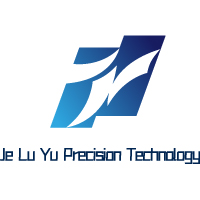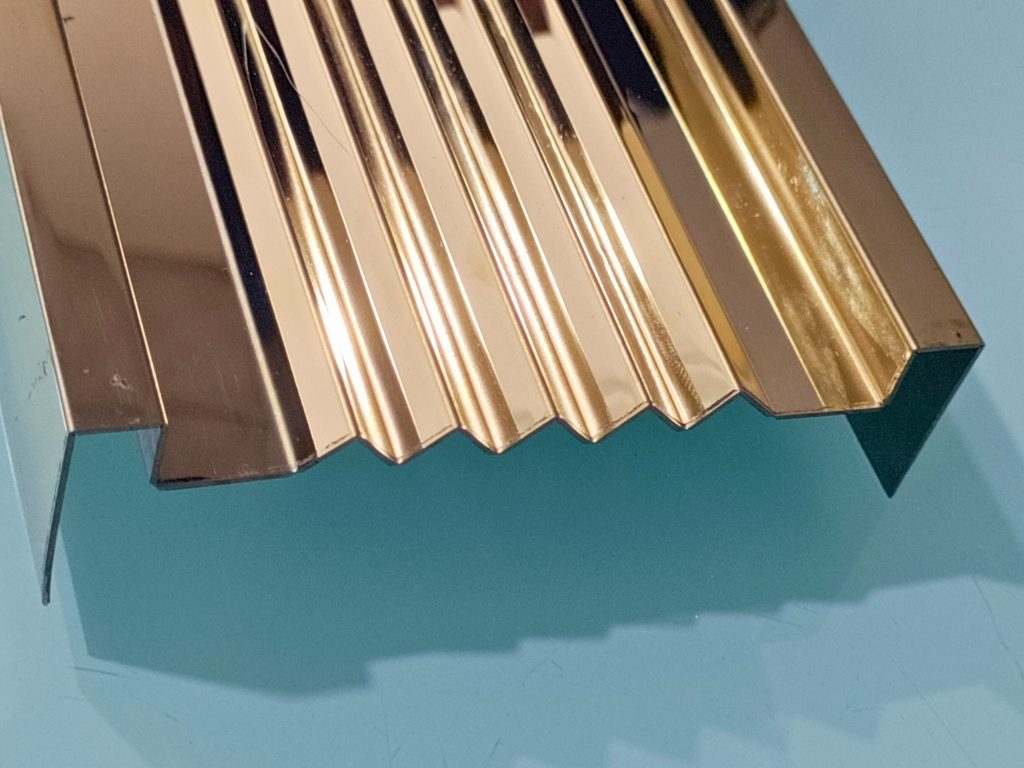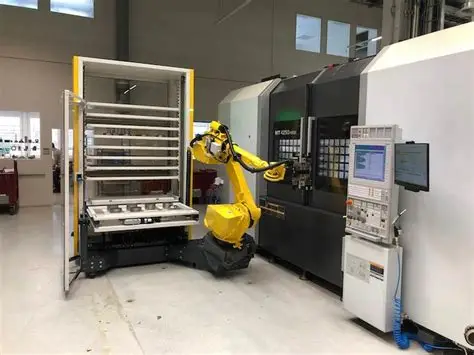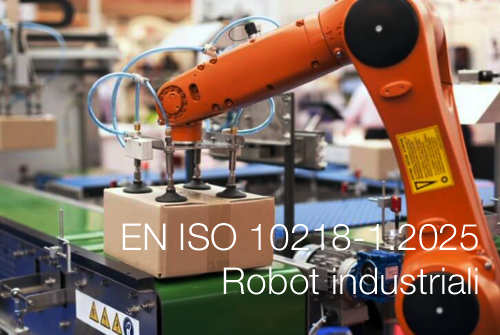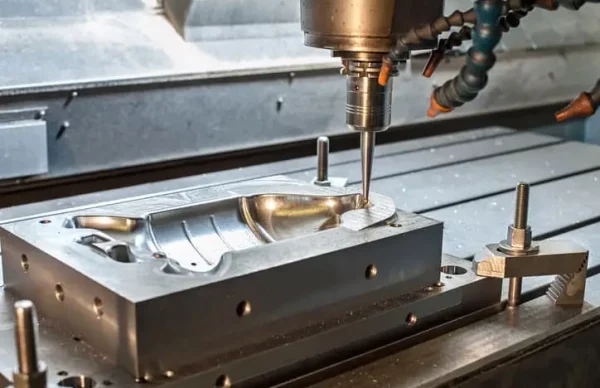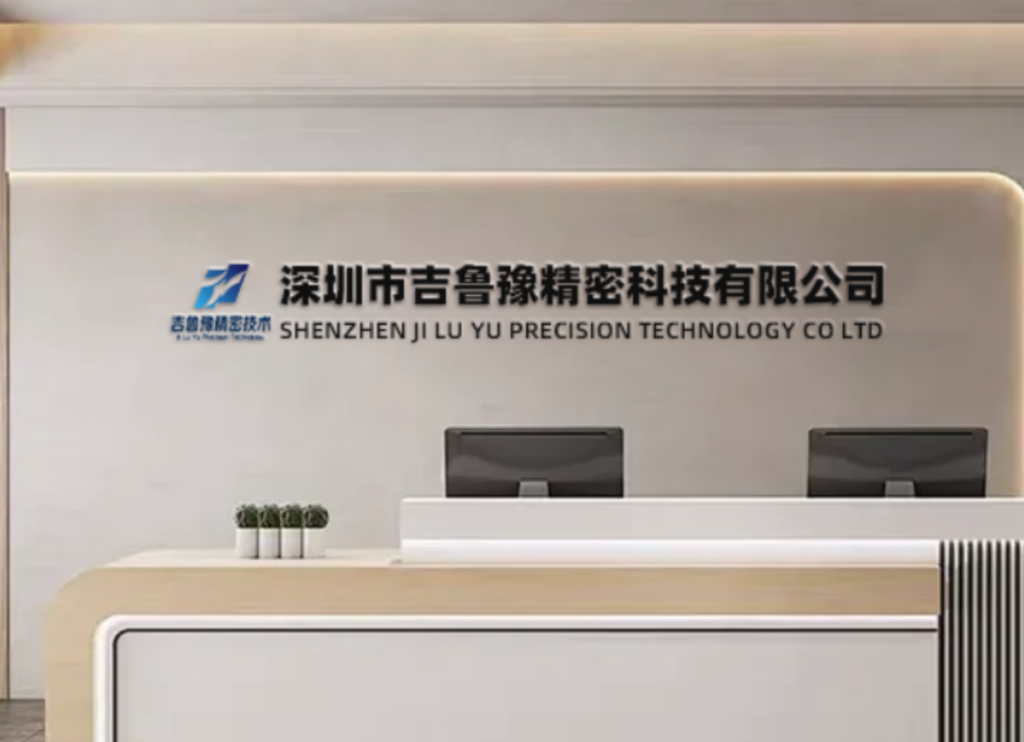Transforming Surfaces: The Science and Art of Decorative PVD Coatings
The Evolution of Surface Aesthetics
Decorative PVD (Physical Vapor Deposition) coatings represent the convergence of advanced engineering and artistic design, enabling surfaces to achieve luxurious metallic finishes with unmatched durability. Unlike traditional electroplating, which uses toxic chemicals and produces thick, environmentally hazardous layers, PVD employs a vacuum-based process to deposit micron-thin, eco-friendly coatings that resist corrosion, scratches, and UV degradation. As a leading Chinese PVD service provider, JLYPT has refined this technology to deliver finishes for luxury watches, architectural facades, and consumer electronics that combine aesthetic brilliance with extreme functionality.
Core Technologies Behind Decorative PVD Coatings
1. Advanced Deposition Methods
PVD coatings are created through vapor-phase deposition in high-vacuum chambers. Three techniques dominate decorative applications:
-
Cathodic Arc Evaporation: Generates dense, highly adhesive coatings ideal for gold-like finishes on watches and jewelry.
-
Magnetron Sputtering: Produces uniform, color-stable layers for architectural panels and automotive trims.
-
Hybrid PVD-PECVD: Combines sputtering with plasma-enhanced chemical vapor deposition for gradient color effects.
Critical Parameters:
-
Temperature Control: Low-temperature processes (80–150°C) enable coating of plastics like ULTEM™ and PEEK without deformation.
-
Adhesion Optimization: Plasma pre-treatment increases surface energy to >110 mJ/m², ensuring bond strength >80 N (Rockwell C scale).
2. Color Engineering
PVD coatings achieve colors through light interference and material composition, not dyes:
| Coating Type | Color Palette | Applications | Durability |
|---|---|---|---|
| TiN (Titanium Nitride) | Champagne Gold | Door handles, faucets | 15+ years |
| ZrN (Zirconium Nitride) | Rose Gold | Smartphone frames, watches | 10+ years |
| CrC (Chromium Carbide) | Gunmetal, Graphite Black | Automotive interiors | 20+ years |
| TiAlN (Aluminum Titanium Nitride) | Anthracite Grey | Architectural cladding | 25+ years |
| DLC (Diamond-Like Carbon) | Deep Black, Iridescent | Luxury eyewear, medical devices | 30+ years |
Color accuracy is maintained within ΔE<1.0 using CIE La*b* metrics6.*
Material-Specific Applications & Innovations
1. Metals: Stainless Steel & Magnesium Alloys
-
Stainless Steel: PVD-coated sheets (304/430 grades) achieve Ra 0.05–0.1 μm mirror finishes for elevators and appliances. HiPIMS-deposited CrN layers pass 2,000-hour salt spray tests13.
-
Magnesium Alloys: Plasma polishing + TiMgAlN PVD coatings enable corrosion-resistant automotive emblems with 96-hour salt spray resistance.
2. Plastics: High-Definition Finishes
-
ULTEM™ DT1820EV: SABIC’s high-flow PEI resin allows PVD-coated smartphone camera rings with 25% cost savings vs. metal. The coating withstands 500+ Taber abrasion cycles4.
-
PEEK Medical Components: DLC coatings provide scratch-resistant black finishes for surgical tools (Ra 0.4 μm), eliminating bacterial adhesion sites.
3. Architectural Composites
-
Aluminum Panels: PVDF-PVD hybrid systems (e.g., fluorocarbon base + PVD topcoat) offer 20-year warranties for facades in coastal zones.
-
Wood Hybrids: Nano-primer layers enable PVD coatings on luxury furniture, achieving metallic luster without obscuring wood grain.
Case Studies: Real-World Impact
Case 1: Luxury Smartphone Frame
-
Client: Global electronics brand
-
Challenge: Achieve rose gold finish on ULTEM™ resin with <0.3 μm thickness variation.
-
Solution: ZrN sputtering at 80°C with plasma texturing for depth effect.
-
Results:
-
ΔE<0.8 color consistency across 1M units
-
60% reduction in coating steps vs. NCVM4
-
40% lower production costs
-
Case 2: Automotive Interior Trim
-
Client: European automaker
-
Challenge: Replace chrome electroplating with eco-friendly black chrome on ABS plastic.
-
Solution: CrC/CrN multilayer PVD with laser-etched texture (Ra 1.2–1.8 μm).
-
Results:
-
Passed 1,000-hour UV and humidity tests
-
50% weight reduction vs. metal
-
Zero wastewater generation
-
Case 3: Architectural Facade
-
Client: Dubai skyscraper project
-
Challenge: Maintain bronze metallic sheen in desert sandstorms.
-
Solution: AlCrN/TiAlN nanocomposite coating with CMAS resistance.
-
Results:
-
<0.02 mm³ material loss after sand erosion testing
-
L* value stability ±0.5 after 5 years
-
30% faster installation vs. solid metal panels
-
Technical Advantages vs. Traditional Finishes
| Parameter | PVD Coating | Electroplating | Paint |
|---|---|---|---|
| Thickness | 0.1–5 μm | 10–30 μm | 15–100 μm |
| Adhesion | >80 N (Rockwell C) | 20–40 N | 5–15 N |
| Color Stability | ΔE<1.0 after UV testing | Fades in 2–5 years | Fades in 1–3 years |
| Environmental Impact | Zero wastewater | Cyanide/acid discharges | VOC emissions |
| Process Time | 2–4 hours | 8–12 hours | 24–72 hours (curing) |
*PVD reduces CO₂ emissions by 85% versus electroplating due to energy-efficient vacuum processes9.*
Implementing PVD Coatings: A 5-Step Framework
-
Design for Coating (DFC)
-
Specify radii >0.3 mm to prevent edge chipping
-
Avoid deep cavities (>3:1 aspect ratio) for uniform deposition
-
-
Surface Pretreatment
-
Metals: Cryogenic blasting (Ra 0.8–1.2 μm)
-
Plastics: Plasma etching (O₂/Ar atmosphere)
-
Composites: Sol-gel nano-primers
-
-
Coating Selection
-
Wear-prone items: TiAlN (35 GPa hardness)
-
Marine environments: AlCrN + micro-arc oxidation
-
Luxury goods: ZrN (rose gold) or DLC (black)
-
-
Quality Validation
-
Adhesion: ISO 2409 cross-hatch test
-
Color: Spectrophotometry to CIE L*a*b*
-
Durability: 1,000-hour QUV accelerated weathering
-
-
Sustainability Compliance
-
RoHS/REACH certification
-
Closed-loop argon recycling (95% efficiency)
-
Future Innovations in Decorative PVD
-
Smart Responsive Coatings
-
Thermochromic Films: Color-shifting surfaces for automotive exteriors (15°C–40°C range).
-
Self-Healing Layers: Microcapsules release siloxanes to repair scratches <10 μm deep.
-
-
AI-Optimized Deposition
JLYPT’s SmartCoat AI predicts coating uniformity using real-time plasma diagnostics, reducing scrap rates by 30%. -
Bio-Based PVD Targets
Recycled titanium/zirconium sources cut carbon footprint by 40% while maintaining color fidelity.
Why Global Brands Choose JLYPT
-
Precision Color Matching: ΔE<0.5 tolerance for Pantone®-certified shades.
-
Rapid Prototyping: 72-hour sample delivery with free DFC analysis.
-
Certified Sustainability: ISO 14001-compliant facilities with 100% renewable energy.
Partner with China’s Decorative PVD Leader:
✉️ Technical Consultation: [email protected]
🌐 Portfolio & Case Studies: JLYPT Decorative PVD Solutions
